The Lee Enfield Rifle has a long and prestigious heritage within the British Army, tracing its roots back to a requirement for a new rifle in the late 19th century.
In 1888 the Army introduced the Rifle Mk I into service, designed by James P Lee. However, problems caused by the propellant in cartridges saw the design refined by Royal Small Arms Factory in Enfield and in 1895 the Magazine Lee Enfield (MLE) rifle entered service.
Having seen action during the Boer War the design was further refined, with both improved sights and loading with 2 five round clips. This version became the Short Magazine Lee Enfield (SMLE) Mk I and entered service in 1904.
Continual improvements saw the SMLE Mk III, and its variants, become the standard rifle during the First World War. To simplify production the MkIII* was introduced with the abolition of the magazine cut off and long range sight. This was followed in the early to mid 1920s with the MK V version which had an aperture back sight.
All of these variants could be equipped with the fearsome 18 inch "sword bayonet".
In the 1920s the search for a new rifle continued and the Rifle No 1 MK VI, with floating barrel, was trialled but not widely produced. By 1939, however, the Rifle No.4 Mk I had been selected as the new rifle. The No.4 allowed for easier production and had an aperture sight. It also dispensed with the long bayonet and instead utilised a short, simple "spike" bayonet, known as the "pig sticker".
At the formation of Airborne Forces the SMLE Mk III* was widely used, until supplanted in service by the No.4 Rifle. Initially parachuted in containers, a padded valise was later developed to allow the paratrooper to carry the weapon and lower it prior to landing.
Experience in the Far East demonstrated the need for a shorter rifle and the Rifle No.5 Mk I was introduced and became known as the "Jungle Carbine". Numbers of this type were issued to Airborne Forces at the end of the Second World War in Norway as it was envisaged the units there would be transferred to the Far East to commence the invasion of Japan.
Post war the No.4, and later No.4 Mk II remained in service until replaced by the L1A1 Self Loading Rifle from the mid 1950s onwards.
Length 113 cm (44.5 inches)
Weight 4.12 Kg (9.1 lb)
Calibre .303
Feed 10 round box
Muzzle Velocity 743 m/s (2440 f/s)
Source:
Airborne Assault Archive
Read More
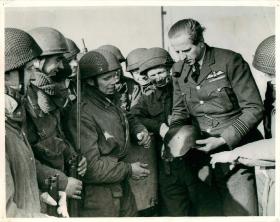
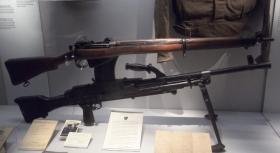
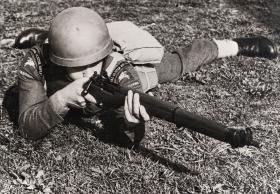
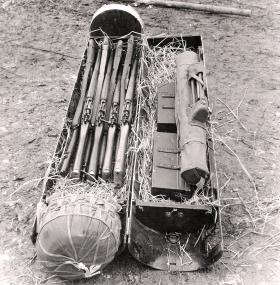
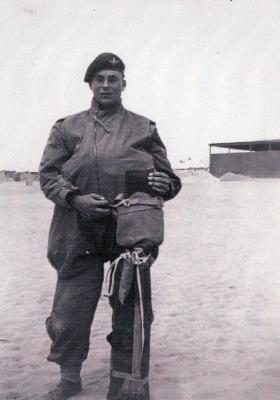



Latest Comments
There are currently no comments for this content.
Add Comment
In order to add comments you must be registered with ParaData.
If you are currently a ParaData member please login.
If you are not currently a ParaData member but wish to get involved please register.